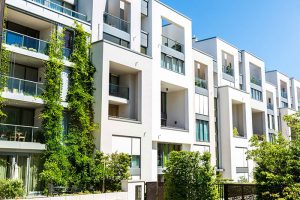What are the new STRA compliance requirements?
The New South Wales State Government has implemented new state-wide regulations for Airbnb and other short-term rental accommodation (STRA). These
mandatory fire standards will apply to any host who wants to rent a private dwelling to the public from November 1, 2021.
These regulatory frameworks seek to ensure local communities continue to enjoy the economic benefits of Short-Term Rental Accommodation (STRA)while managing risk to the guest by the adverse impact to people unfamiliar with the property, are now required as part of the Code of Conduct.
HomeHost is across these new rules and our team are available to service your home throughout NSW to implement the requirements for this new legislation piece
and ensure your home is safe and guest ready.
Our team will provide tailored solutions and engage our partners to meet the individual needs of property owners, including the installation of evacuation
diagrams, check your wireless-smoke alarms, and install fire extinguishers and blankets.
Some of the rules to adhere to are listed below;

Class 1
Class 1 buildings are houses. Typically, they are standalone single dwellings of a domestic or residential nature. These buildings can also be horizontally attached to other Class 1 buildings.
When attached they are commonly referred to as duplexes, terrace houses, row houses and townhouses. In these situations, they must be separated by a wall that has fire-resisting and sound insulation properties. The Class 1 classification includes two sub-classifications: Class 1a and Class 1b.
A Class 1a building is a single dwelling being a detached house; or one of a group of attached dwellings being a town house, row house or the like.
A Class 1b building is a boarding house, guest house or hostel that has a floor area less than 300 m2 and ordinarily has less than 12 people living in it. It can also be four or more single dwellings located on one allotment which are used for short-term holiday accommodation.

Class 2
Class 2 buildings are apartment buildings. They are typically multi-unit residential buildings where people live above and below each other. The NCC describes the
space which would be considered the apartment as a sole-occupancy unit (SOU).
Class 2 buildings may also be single storey attached dwellings where there is a common space below. For example, two dwellings above a common basement or carpark.
Proudly partnered with
Speak To Our Property Management Team Today
Pop your details below and we’ll get in touch or phone us on 1300 171 718






